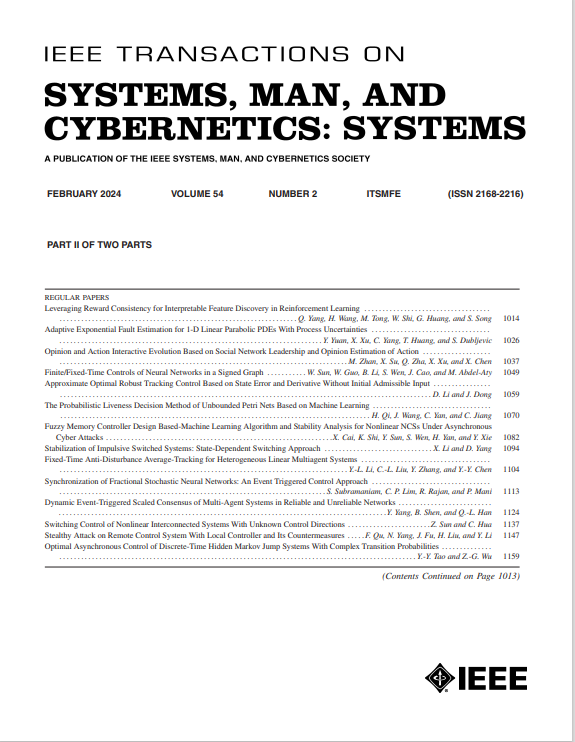基于张量的人脸识别多特征融合隐私保护方案
IF 8.6
1区 计算机科学
Q1 AUTOMATION & CONTROL SYSTEMS
IEEE Transactions on Systems Man Cybernetics-Systems
Pub Date : 2025-03-19
DOI:10.1109/TSMC.2025.3547887
引用次数: 0
摘要
由于基于深度学习的准确人脸识别(FR)模型可以使用来自各种社交媒体平台的人脸图像轻松训练,这一现象引起了对用户隐私的日益关注。为了解决这一问题,我们研究了一种基于多特征融合张量(PPS-MFFT)的隐私保护方案。与以往研究使用单个特征或多个特征的简单组合不同,对于每张人脸图像,PPS-MFFT首先通过分层利用深度学习特征与手工特征之间的相关性和互补性来构建多特征融合张量,以增强鲁棒性和可移植性。在此基础上,合理选择目标图像,增强伪装效果,同时保持最终扰动图像的视觉相似性,并通过建立新的优化模型来更好地权衡有效性和实用性。最后,测量结果验证了与现有方法相比,PPS-MFFT可以获得更高的保护效果(例如,对原始人脸图像的误识别率提高16%)和可接受的视觉效果,从而证明了我们的方案的通用性和适用性。本文章由计算机程序翻译,如有差异,请以英文原文为准。
Tensor-Based Privacy Protection Scheme With Multifeature Fusion for Facial Recognition
As accurate face recognition (FR) models based on deep learning can be easily trained using face images from various social media platforms, this phenomenon has raised ever-increasing concerns regarding user privacy. To address this issue, we investigate a privacy protection scheme based on multifeature fusion tensor (PPS-MFFT). Different from previous studies using a single feature or simple combination of several features, for every face image, PPS-MFFT first constructs a multifeature fusion tensor through hierarchically exploiting the correlations and complementarity between deep-learning features and those handcrafted features for stronger robustness and transferability. Further, on the basis of such tensors, the target images are reasonably chosen to enhance the camouflage effects while maintaining the visual similarities for final perturbed images, which are generated by means of developing a new optimization model for better tradeoff between effectiveness and practicability. Finally, the measurement results validate that both higher protective efficacy (e.g., 16% more in misidentifying the original face images) and acceptable visual effects can be obtained by PPS-MFFT when compared to the existing methods, and thus demonstrate the generality and applicability of our scheme.
求助全文
通过发布文献求助,成功后即可免费获取论文全文。
去求助
来源期刊

IEEE Transactions on Systems Man Cybernetics-Systems
AUTOMATION & CONTROL SYSTEMS-COMPUTER SCIENCE, CYBERNETICS
CiteScore
18.50
自引率
11.50%
发文量
812
审稿时长
6 months
期刊介绍:
The IEEE Transactions on Systems, Man, and Cybernetics: Systems encompasses the fields of systems engineering, covering issue formulation, analysis, and modeling throughout the systems engineering lifecycle phases. It addresses decision-making, issue interpretation, systems management, processes, and various methods such as optimization, modeling, and simulation in the development and deployment of large systems.
 求助内容:
求助内容: 应助结果提醒方式:
应助结果提醒方式:


